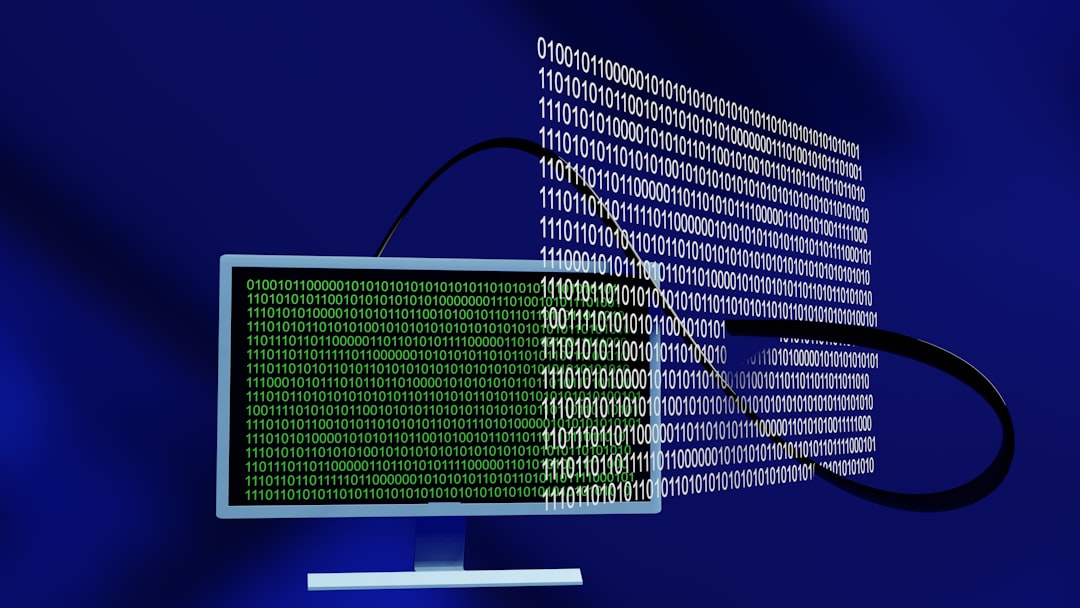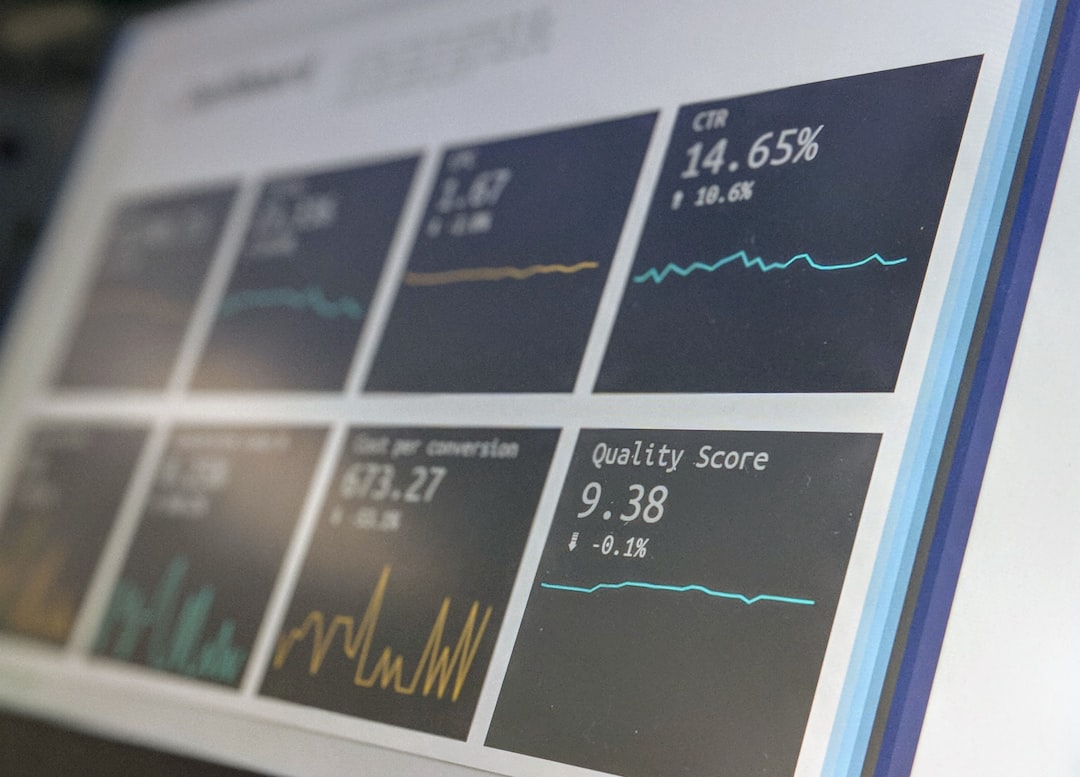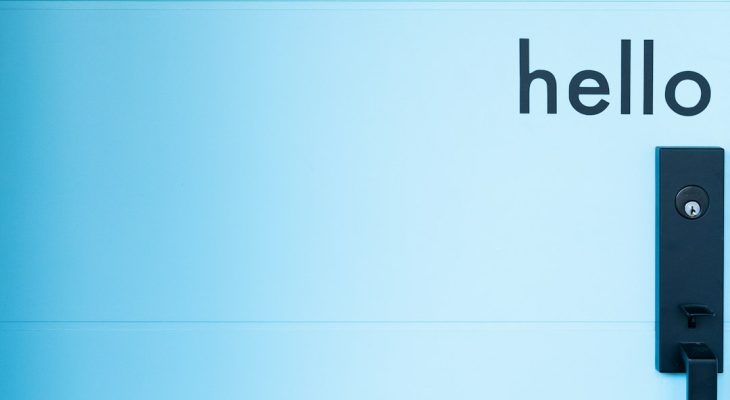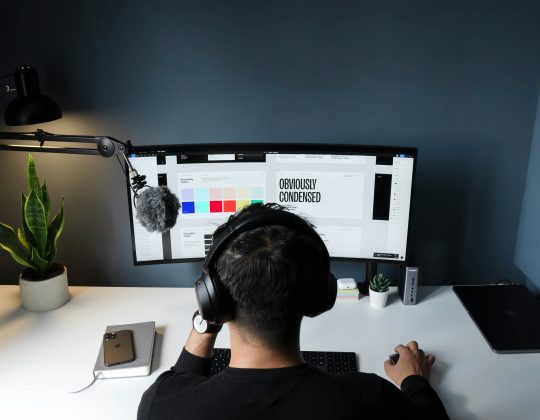You’ve created a powerful SaaS product. But if your users don’t understand how to use it, they’ll disappear faster than free pizza in an office. That’s where a stellar onboarding experience comes in.
Onboarding is your chance to roll out the red carpet. It’s how you turn curious users into loyal customers. 🎉
This Ultimate SaaS Onboarding Checklist will guide you through the steps to make users say, “Whoa, this is awesome!”
🔍 What Is SaaS Onboarding?
SaaS onboarding is the journey users take from signing up to experiencing the value of your product. The goal? Help them reach “aha!” moments quickly and clearly.
Without friction. Without confusion. Just magic. 🌟
🏁 1. Streamlined Sign-Up Process
First impressions matter. Don’t scare users away with a form that feels longer than a tax return.
- Only ask for essentials — name, email, password. Everything else can wait.
- Use social login (Google, LinkedIn) to reduce friction.
- Instant confirmation — no one likes wondering if the email landed in a black hole.
✅ Tip: Show a progress indicator if the signup has multiple steps. People love to see how close they are to the finish line!
🚪 2. Smooth First Login
Your user logs in for the first time. What do they see? Confetti? A loading spinner? Confusion?
Make it count.
- Welcome them by name — it feels personal!
- Quick tooltips to guide them
- Skip option for pros who hate walkthroughs

✅ Tip: The first thing users see should make them feel “I made the right choice.”
🎯 3. Set User Goals Early
Set the tone by asking what users hope to achieve. This helps tailor the experience.
Example: A project management app could ask:
- 💼 “Are you managing a team?”
- 📅 “Are you planning a project?”
This info lets your app tweak tutorials and recommend relevant features.
✅ Tip: The more personal the onboarding feels, the better the engagement.
🛠️ 4. Product Tour (But Make It Snappy)
No one has time to binge-watch your tutorial.
Short, interactive product tours win. Bonus points if you explain why something matters, not just how it works.
- Use tooltips with “Next” buttons
- Gamify the process — progress bars are irresistible
- Don’t overwhelm — 3-5 steps max
✅ Example: A design app could highlight just three key tools and let users explore the rest at their pace.
📊 5. Let Them Do Something Real
The best way to learn? By doing.
Let users interact with your actual product ASAP — not just a demo or tutorial.
- Pre-load sample data so users don’t face a blank screen
- Let them complete a task within minutes of signing up
- Celebrate small wins — animations, checkmarks, badges

📬 6. Trigger Helpful Emails
Email is still a great way to educate users without crowding your UI.
But don’t bombard them like it’s Black Friday.
Here’s a simple drip email example:
- Day 1: Welcome + Quick Tips
- Day 3: 1 Awesome Feature They Missed
- Day 7: Customer Success Story
- Day 10: “How’s It Going?” Feedback Email
✅ Tip: Keep your tone fun and human. People ignore bots — they respond to personalities.
🚦 7. Use Progressive Onboarding
Show features only when users are ready.
Don’t dump everything on them at once.
- Show advanced tools only after they complete basic tasks
- Use behavior triggers to launch mini-tours at the right time
- Smart highlighting — focus their attention without distractions
✅ Example: Slack only teaches you how to invite teammates once you’ve created channels.
👩💻 8. Easy Access to Support
Users should never feel stuck or alone.
Make help visible and approachable:
- Live chat widget — people love instant responses
- Searchable help center — keep it simple, clean, and jargon-free
- Contact support easily — don’t hide that email address like it’s a treasure map
✅ Tip: Add video tutorials and GIFs in the help center — they’re more fun than long articles.
💾 9. Save User Progress
If your product setup takes time, let users save where they left off.
Don’t make them start over — that’s how users turn into ex-users.
- Autosave forms and configurations
- Show progress bars on dashboards
- Send reminders to finish setup (gently!)
📈 10. Measure Success
How do you know your onboarding actually works?
Track these things:
- Time to first action — how fast are users doing something meaningful?
- Activation rate — percent of users who reach important milestones
- Churn — when and why do users drop off?

Pro Tip: Use tools like Mixpanel, Heap, or Amplitude to track onboarding flows.
🧡 Bonus: Ask for Feedback
Onboarding is never perfect — unless you ask users and adjust.
Use short in-app surveys like:
- “How helpful was this tour? ⭐️”
- “What confused you?”
- “How would you improve the setup?”
Then — here’s the kicker — actually use that feedback!
🎉 Final Thoughts
Great onboarding turns users into champions. It’s the difference between a confused click and a loyal customer.
Take the time to make your onboarding experience delightful, helpful, and simple. And always be testing!
Checklist Recap:
- ✅ Simple Sign-Up
- ✅ Warm Welcome + Tour
- ✅ Set Goals & Personalize
- ✅ Let Them Do Something Real
- ✅ Email with Purpose
- ✅ Progressive Hints
- ✅ Helpful, Visible Support
- ✅ Always Save Progress
- ✅ Track Metrics & Get Feedback
Ready to level up your SaaS onboarding? Go roll that red carpet. 🎬








